Dr. Kaayla T. Daniel is a pioneer among women. Her book, The Whole Soy Story: The Dark Side of America’s Favorite Health Food, has changed so many lives for the better! Did you know Dr. Kaayla has started a blog? It’s brilliant. It’s literally shining with her feisty sense of humor and amazing ability to comment on the latest science.
I’m so thankful Dr. Kaayla agreed to write a guest post here for you. In honor of my Beautiful Babies book launch, she contributed this little study in statistical correlation. Thank you, Dr. Kaayla!
Folks over the age of five who still believe storks bring babies are most likely young at heart — and the laughing storks of their communities.
But in a certain region of Denmark, there IS a correlation between the number of storks and the number of babies.
I am NOT making this up. It’s actually a positive correlation, meaning the more storks there are, the more babies there are. And that’s been the case for years.
So do the storks bring the babies? Of course not. As all of us who’ve ever suffered through a course in statistics know, correlation does not equal causation. But if we reject the idea that the storks bring the babies, what might be responsible? What might be some confounding variables?
Let’s do some brainstorking. Quiz time. Multiple Choice. Maybe it’s because those fertile Danes:
a) Like to dine on roast stork because it’s a sacred food for fertility
b) Swig daily doses of stork liver oil instead of cod liver oil
c) Always have sex on Midsummer’s Day (June 21), leading to a spring birth surge right about when those migratory storks come back north
d) Live in houses with the kinds of tar-based, steeply sloping roofs favored by storks.
Any of the above would be confounding variables, if true. The first two are just plain wrong. Storks are pretty much considered sacred birds everywhere, not to be eaten ever, and in many countries you aren’t even allowed to chase them off your roof or out of your chimney.
The third choice approaches the truth. In pagan Europe, Midsummer’s Day was a time for merrymaking well-lubed by wine, beer and other fermented beverages. The fact that storks and “merry begot” babies would arrive about the same time the next Spring would not fail to be noted. To this day storks are popular symbols of fertility, birth and spring though babies arrive all year long because most procreating people make merry all year long.
The correct answer is d). The explanation is intriguing. Cities in Denmark are mostly populated by singles and childless couples, and when couples decide it’s time to have kids, most of them move out to the suburbs. And in the suburbs of Denmark, most houses feature tar-based steeply sloping roofs. Seems storks love to nest on tar and sloping roofs.
That’s it. Your statistics lesson for today. Correlation does not mean causation. Yes, babies and storks go together in Denmark.
©copyright 2013 Kaayla T. Daniel, PhD
For more “edu-tainment” from Dr. Kaayla Daniel, The Naughty Nutritionist™, visit her website www.drkaayladaniel.com. Kaayla is Vice President of the Weston A. Price Foundation, author of The Whole Soy Story, and a Bacon Babe who rarely starts her day without at least two strips of the original “feel good” food.
SOURCES
http://jonnybowdenblog.com/egg-yolks-study/
http://www.straightdope.com/columns/read/2144/why-are-storks-associated-with-babies
Thanks to Sylvia Onusic PhD, a woman who not only knows her statistics but where storks come from.
(photo by morgantj)
 |

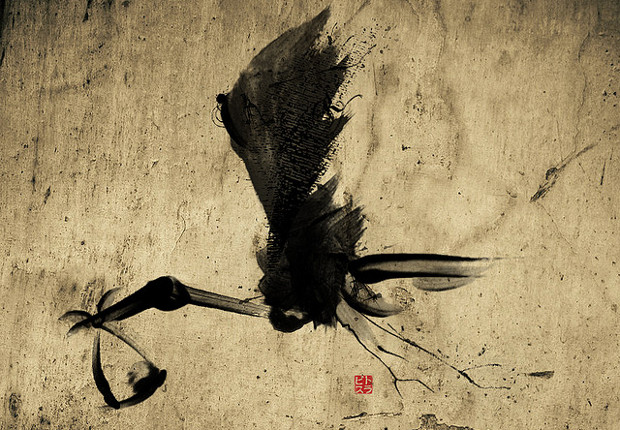


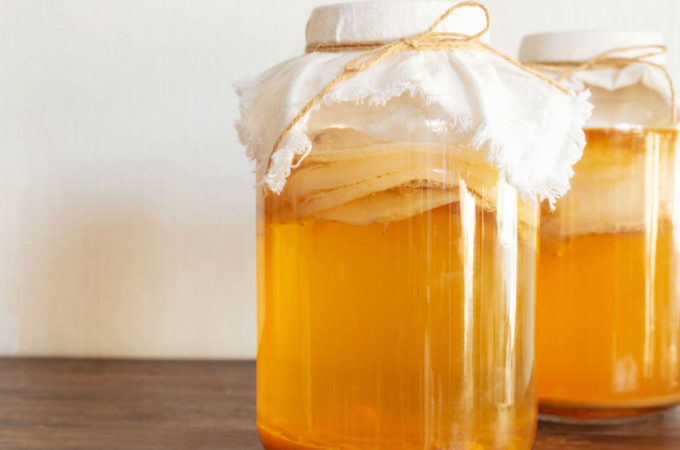
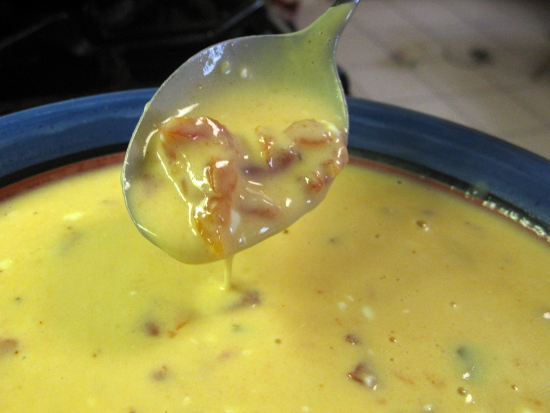
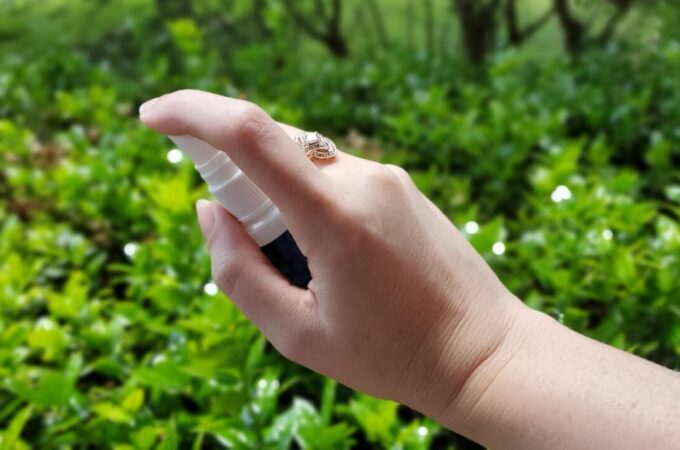

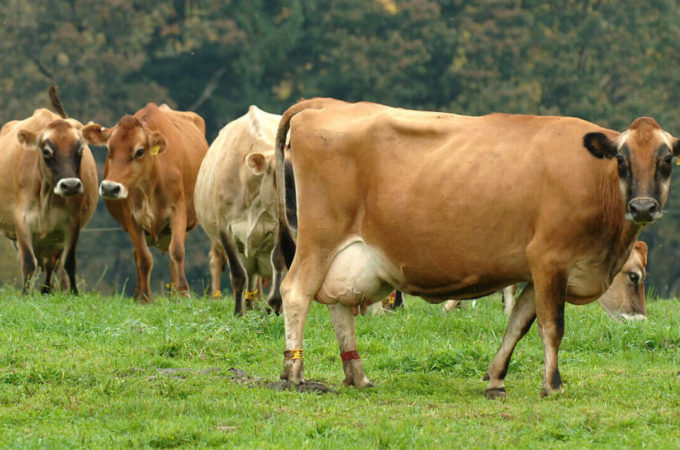
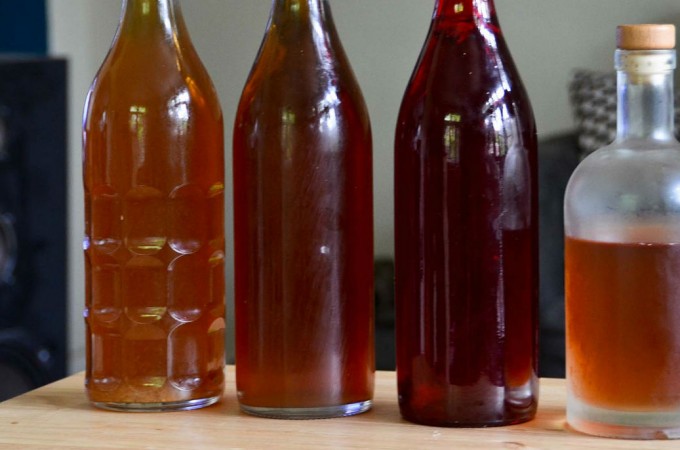
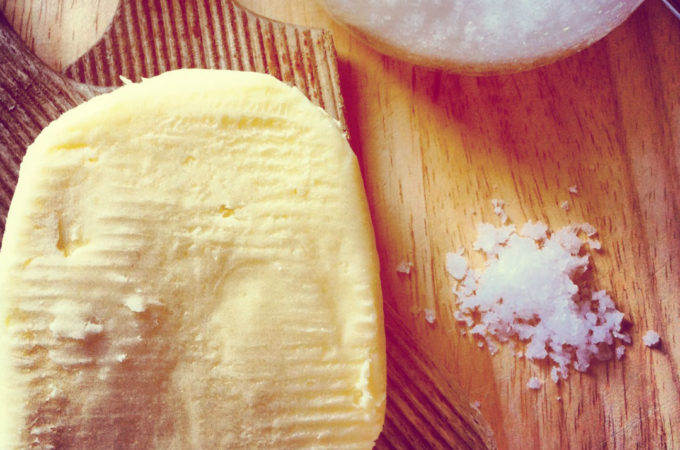

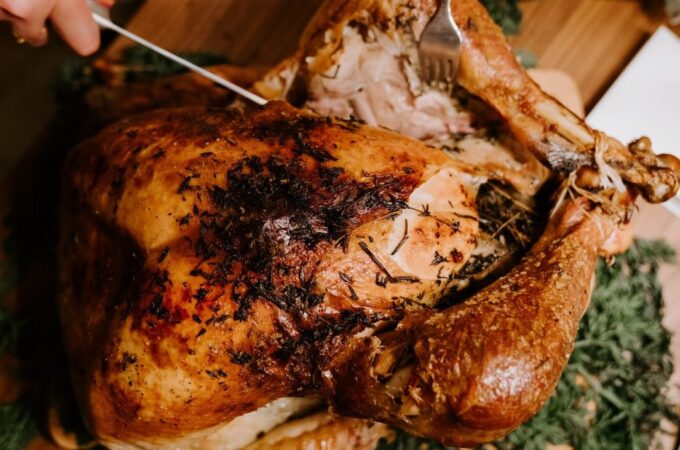


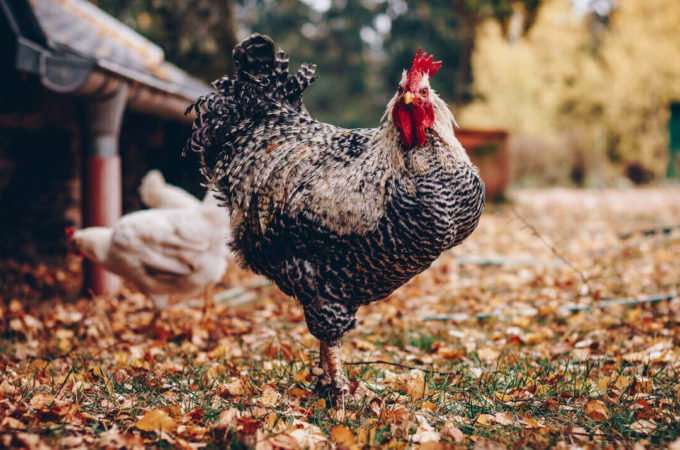

A fun and fascinating read! Thanks Dr. Kaayla!